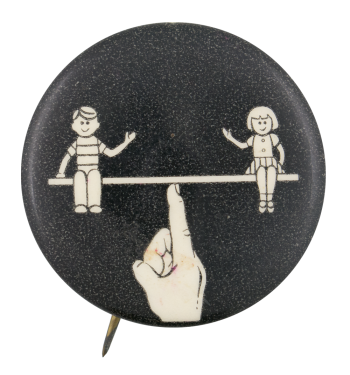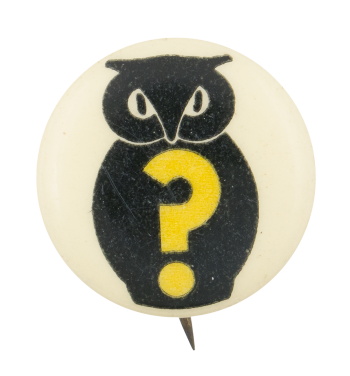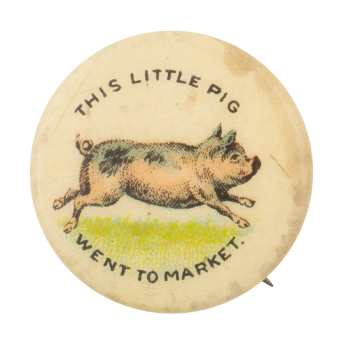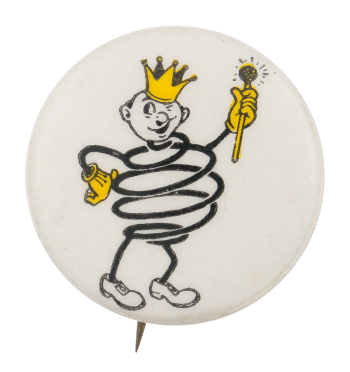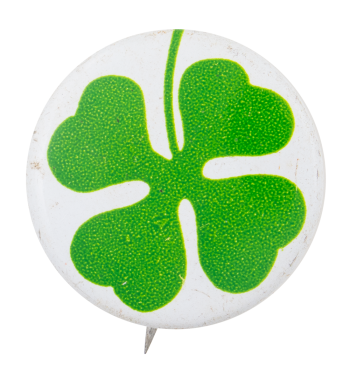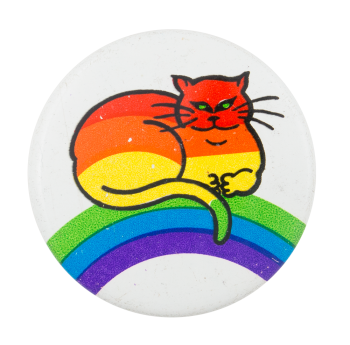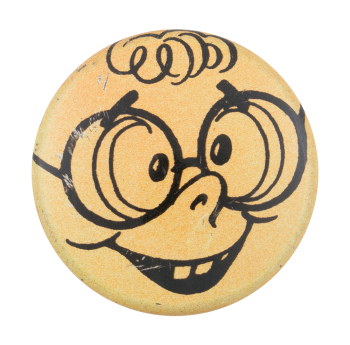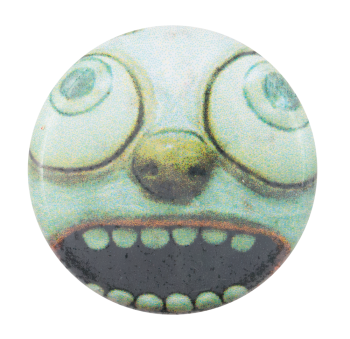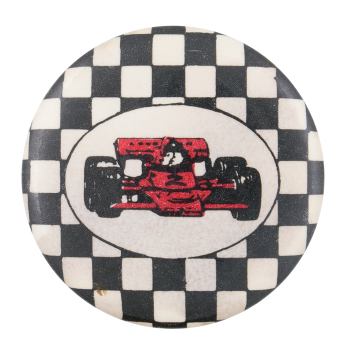Balanced Kids
| Category | |
|---|---|
| Additional Images | |
| Sub Categories | |
| Image Description | Illustration of a hand with one finger extended holding a line with a boy sitting on the left and a girl on the right on a black background |
| Back Style | |
| The Shape | |
| The Size | |
| Additional Information | Sleepy Joe's was a children's radio show that was broadcasted in the 1940s. The stories told on the show were a retelling of Uncle Remus stories featuring characters such as Brer Rabbit, Brer Turtle, and Brer Fox. In the program, Jimmy Scribner (a white man) plays a Black storyteller named Sleepy Joe as well as all the animals. Scribner was also known for his radio show, The Johnson Family, in which he plays an African American family from a Southern town called Chickazola. |
| Sources |
Jimmy Scribner: "Not the Whole Show". (1946, May 26). Radio Life. https://worldradiohistory.com/Archive-Radio-Life/40s/46/Radio-Life-1946-... |
| Catalog ID | AR0205 |

